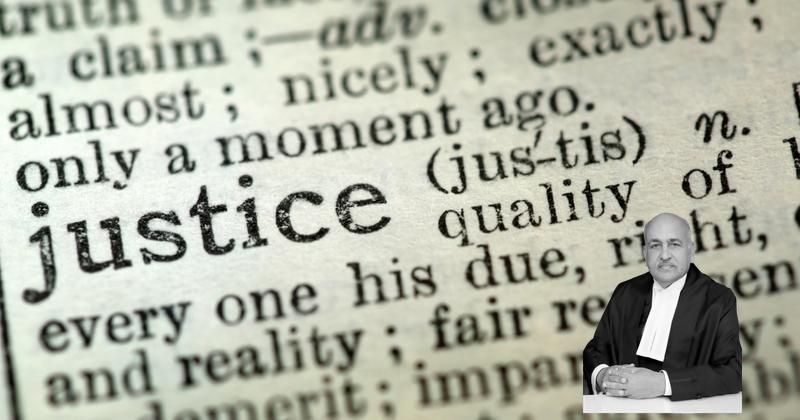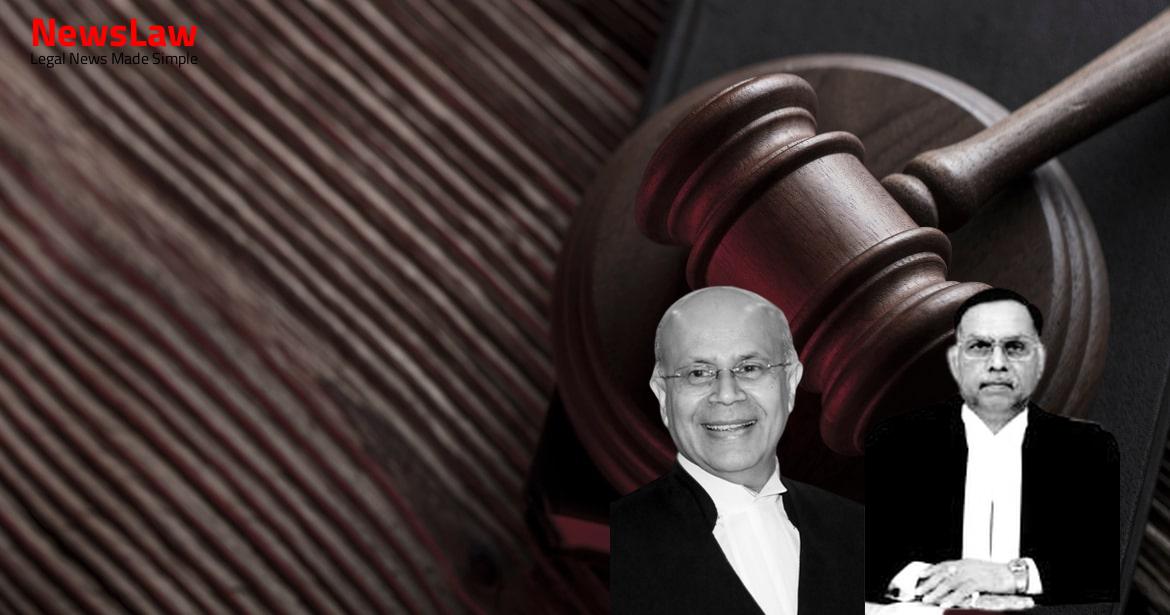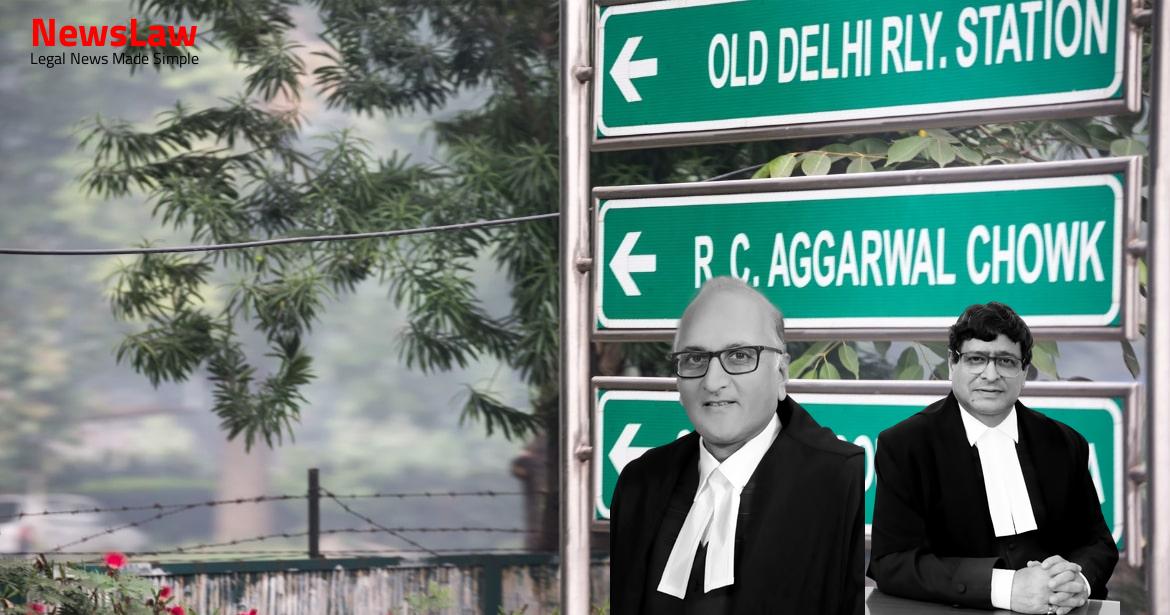Explore the intricate legal analysis conducted by the court regarding the maxim falsus in uno, falsus in omnibus. Discover why this maxim, often viewed as a rule of caution in assessing evidence, was considered superfluous and not mandated in a recent case. The court’s deliberate differentiation between evidence against co-accused and appellant sheds light on the nuanced application of legal principles in the judicial system.
Facts
- The appellant’s appeal was partly allowed by the Madurai Bench of the Madras High Court.
- The appellant’s conviction under Section 302, IPC was modified to one under Section 304 Part II, IPC.
- The appellant’s sentence was reduced to 5 years’ rigorous imprisonment along with a fine.
- The Trial Court had convicted the appellant under Sections 324 and 302, IPC.
- The appellant was sentenced to 2 years rigorous imprisonment and life imprisonment for the respective sections.
- The conviction under Section 324, IPC was confirmed by the High Court.
- Both sentences were ordered to run concurrently.
- Brother of the complainant had an illicit relationship with accused no. 4’s daughter resulting in enmity between the families
- Altercation between the two groups on 26.01.2002 in front of complainant’s house
- Appellant attacked the complainant with an iron rod while other accused attacked family members with sticks
Also Read: Analysis of High Courts’ Jurisdiction and Court Orders Under Article 142
Arguments
- The lawyer representing the appellant argued that the appellant should have been acquitted based on the benefit of the doubt, especially since the Trial Court had already disbelieved the prosecution’s case and acquitted the co-accused.
- The State’s counsel contended that the High Court’s decision was well-reasoned and should not be challenged.
- Related witnesses’ testimonies were discussed, with it being emphasized that the Court can consider such testimonies but with added scrutiny, as per established law.
- The appellant’s lawyer suggested that the benefit of doubt given to the co-accused should have also applied to the appellant, but it was clarified that the acquittal of co-accused does not automatically lead to the acquittal of the appellant.
- The appellant’s counsel criticized the High Court for relying heavily on the testimonies of the deceased’s relatives for the appellant’s conviction.
Also Read: Electoral Malpractices in Mayor Election
Analysis
- The maxim falsus in une falsus in omnibus is considered worthless in terms of validity and utility in a legal context.
- The maxim only informs the jury of what they may do and not what they must do or must not do.
- It is deemed superfluous and potentially harmful in practice.
- The principle that mere acquittal of one accused does not automatically lead to the acquittal of another accused has been consistently followed by the court.
- The relevance of the acquittal of a co-accused depends on the strength of the prosecution’s case and the ability to establish guilt through reliable evidence.
- The doctrine of falsus in uno, falsus in omnibus is not a mandatory rule of evidence but a rule of caution regarding the weight of evidence.
- The Trial Court differentiated between the evidence against the co-accused and the appellant, finding the evidence against the appellant to be more substantial and consistent.
- The testimonies against the co-accused were disbelieved due to lack of concrete evidence, while the evidence against the appellant was in line with the complaint, police statements, and medical reports.
- The Court noted specific reasons for disbelieving witnesses with respect to the co-accused but found the evidence against the appellant to be reliable and in line with the charges against him.
- Indian Courts have traditionally been reluctant to apply the maxim falsus in uno, falsus in omnibus, and the High Court upheld the distinction made by the Trial Court in this case.
- In the impugned judgment, the High Court considered the submissions of the counsel for the appellant and evaluated all the evidence.
- The High Court concluded that the altercation was a free fight as the appellant also sustained injuries and attempted to make a complaint.
- Based on this assessment, the High Court modified the appellant’s conviction and sentence.
- The counsel for the appellant did not identify any flaws in the High Court’s findings.
Also Read: Balancing Power and Transparency: Electoral Bonds Struck Down, Disclosure Mandated
Decision
- The appeal has no merit and is dismissed.
- Bail granted to the appellant on 19-7-2010 is cancelled.
- Appellant is directed to surrender before the Trial Court to serve the remaining sentence.
- If the appellant fails to surrender, the Police Authority will take him into custody.
Case Title: ILANGOVAN Vs. THE STATE OF TAMIL NADU (2020 INSC 530)
Case Number: Crl.A. No.-001285-001285 / 2010



